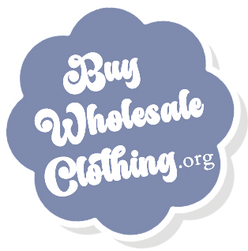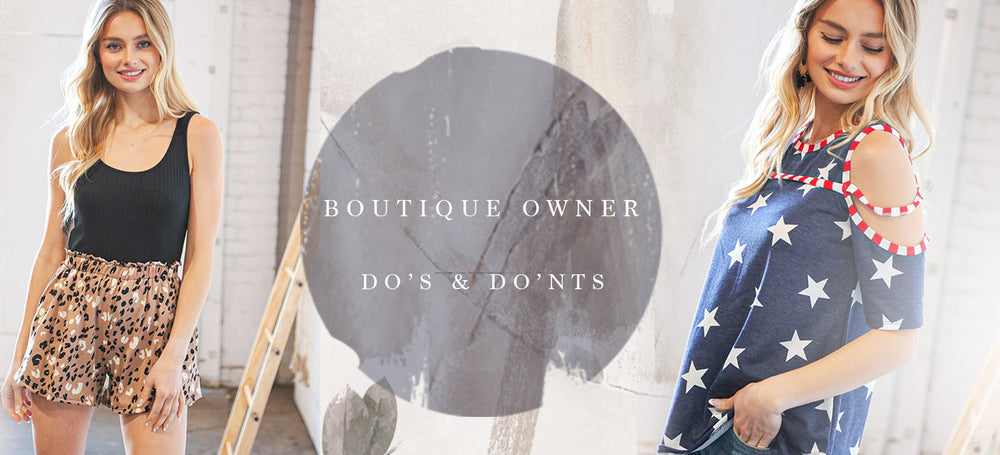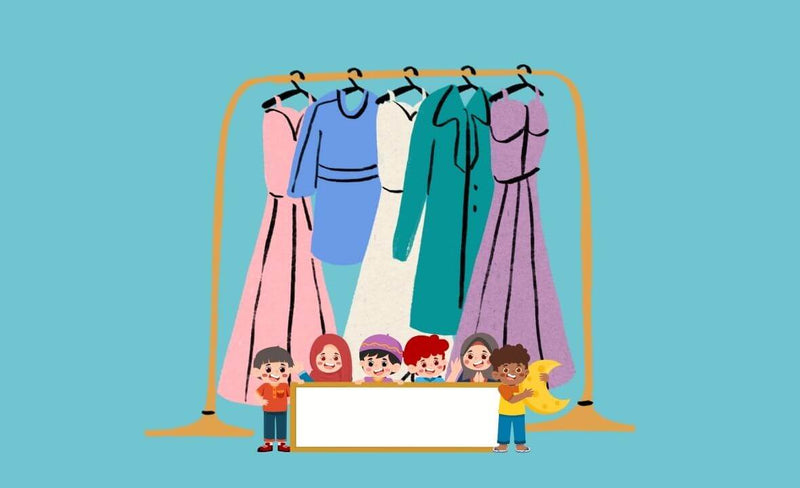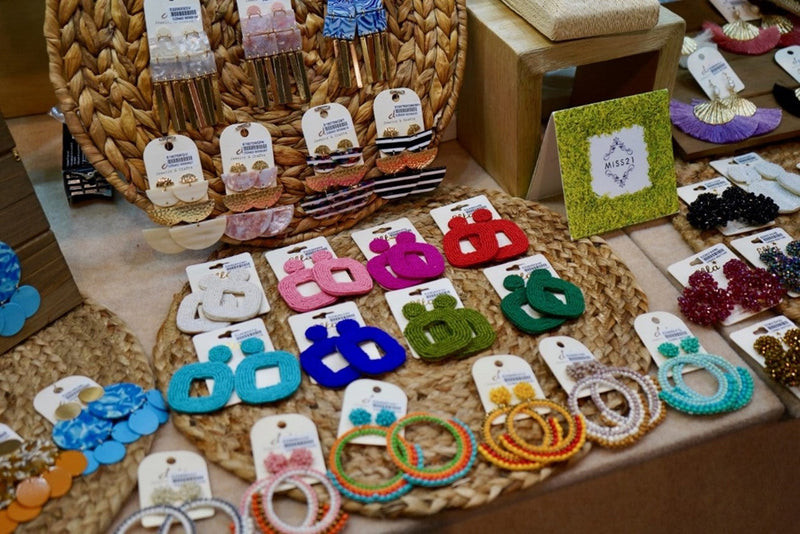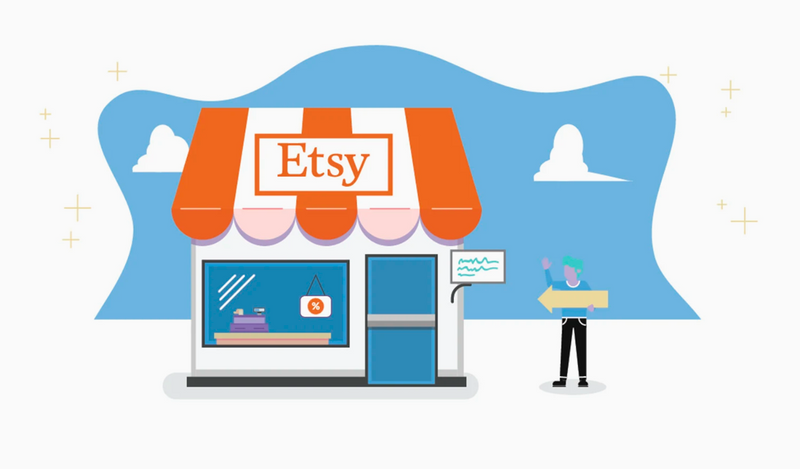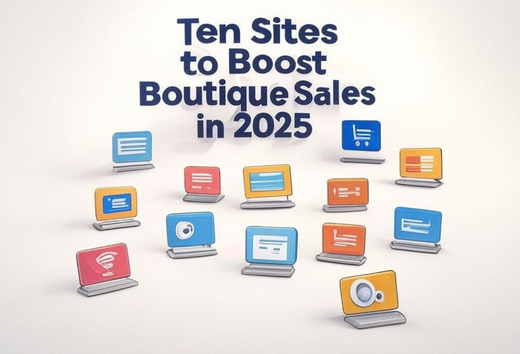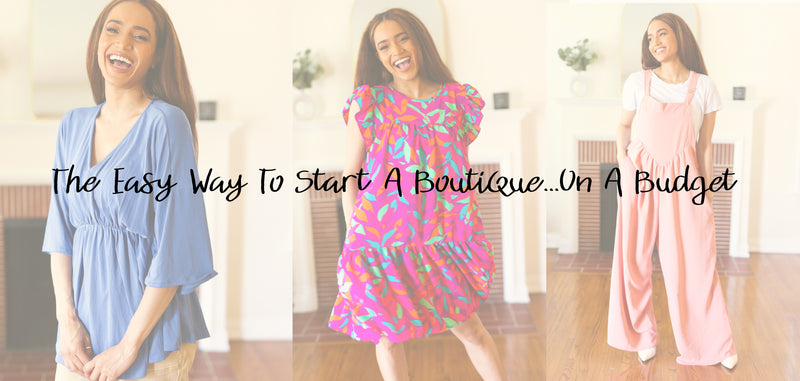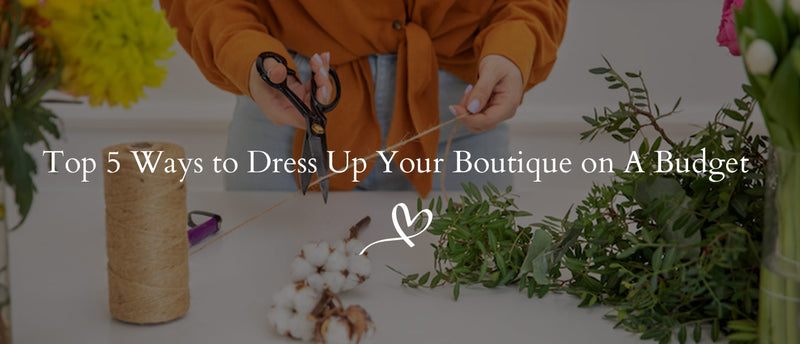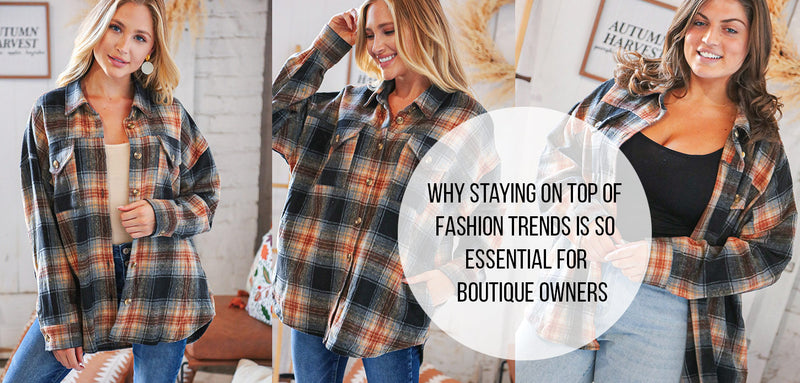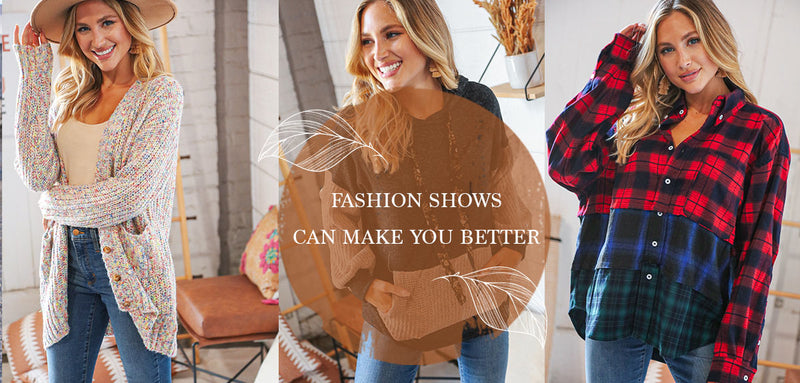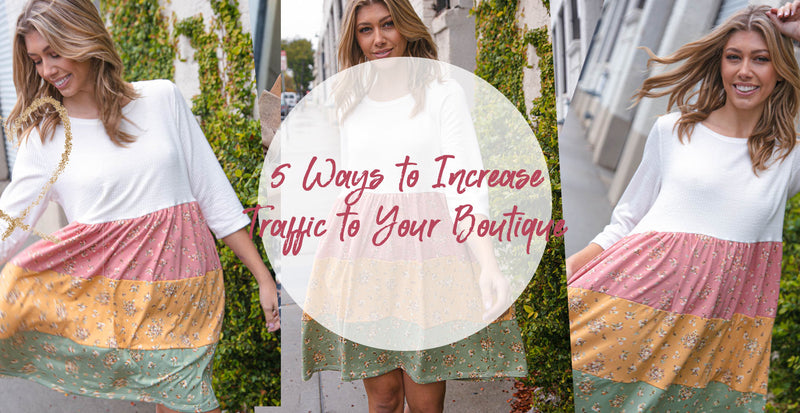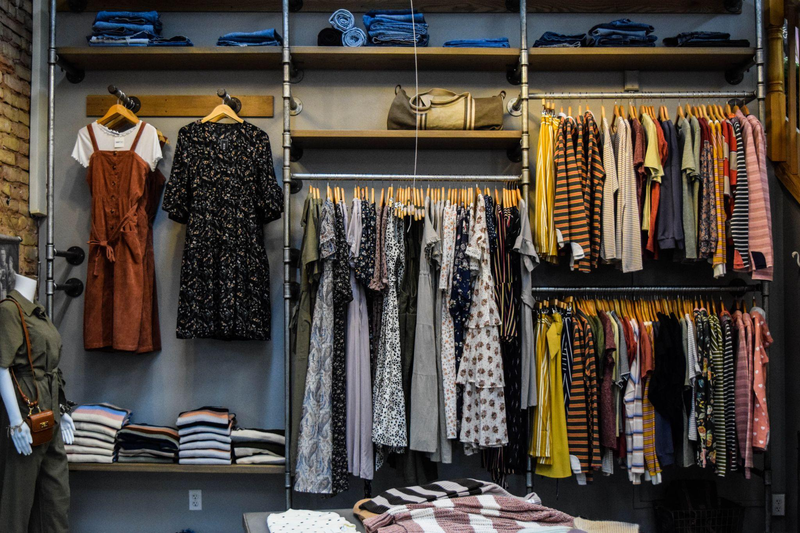You dream of owning a fancy boutique. Selling women’s clothes, jewelry, shoes, maybe children’s clothes. You spend every Saturday visiting shops. Private label boutiques, wholesale boutiques, consignment boutiques, and shoe sales. You have already accumulated a fairly large inventory, and boutique ownership feels within reach. Here are a few Do’s and Don’t that you need to be sure you have worked out before you leap.
Dos and Don'ts
DO: Find reliable wholesale suppliers to work with.
Wholesale Clothing Sites is our list of some supplies to use.
DONT: Make supplier decisions based solely on pricing.
How Much Does a Boutique Owner Make?
ZipRecruiter reports that the average annual Online Boutique Owner salary ranges from $17,000 to $53,500. If you are also opening a brick-and-mortar store, you have much more potential income and expenses. Some reports indicate those earnings may be up to $100,000. But that will not happen the first year. Get enough financing to get you through the first year without making a profit. This also means without you getting paid as you will roll every extra dollar back into the business.
DO: Make realistic projections for sales and income
DON’T: Expect to get rich the first year.
How to Become a Boutique Owner
Succeeding as a boutique owner takes style, heart, dedication, and brains. It also takes money.
The initial investment varies greatly depending on the type of boutique you want to own. The location, initial inventory, and items you carry also affect your initial need. Comparative shop online so you can use legitimate prices and not guesses for the things you want. If you underprice your needs, you will not have enough money to accomplish your goals. If you overprice, you will be paying far too much in interest.
DO: Be realistic about the funds you will need to start up
and stay operational for the first 6 to 12 months.
See 5 Things Before You Start a Boutique.
DON’T: Try to start up the business with less money than you know you will
need. Inadequate funding will cause underfunding in
marketing and other key areas.
1. Find the Gap, Make it Your Niche.
Have you thought you would have done things differently at some of the boutiques you visited? You have a talent for coordinating outfits or matching costume jewelry with clothes. You need to identify the market holes around your business area and find a way to fill the gaps. You have to be able to do something better, fresher, faster, or cheaper than everyone else. Priced lower is not going to get you rich quickly. If a customer has been buying from one shop, they are not coming to you just to save $1. But if you can match up the shirt and pants, which surprisingly many women cannot do well, that will get you, clients. But you have to show that you can do that. Beautifully styled mannequins in your boutique or clear bright images online will show off your talents.
2. Give Your Business the Perfect Name, and Logo.
Think long and hard about the name you want for your business, Don’t feel you have to name every item you sell or every thought you’ve had. Keep it short and catchy. But make sure it says what you want to say. Then turn to your logo. Find a background or image you love. You need to be in love with your name and logo. It is worth paying a graphic designer to get this right.
3. Scout Your Location.
Start looking at storefronts, available shops, and rental properties in the area you want to open. Check square footage prices. How much room will you need to do what you want to do? How much square footage will you have to have to start? Don’t forget storage areas, changing rooms, restrooms, and dead corners. You will need this information for your Business Plan also.
4. Develop Your Products, Lines, and Policies.
This is when you get into the specifics of the products you intend to have In your boutique or online. Narrow down the lines you plan to have, the quantities of each type, and how many will be on the floor simultaneously. Establish your system for pricing items. Cost x2 or whatever multiplier you intend to use. Include information about what happens when products do not sell. Is there a discount schedule, are they resold in bulk, or do they get donated?
5. Write, Edit, and Perfect Your Business Plan.
If you are going to approach a business lending organization, you are going to need a business plan. Even if you are using private funding, it is a good idea to have a business plan written out. There are a variety of templates online to choose from. It does not have to be complicated, but it needs to be a true representation of your projections. When indicating how much the boutique owner will make, it is realistic to put $0 for the first 12 mo. The financer will ask you if there are things they consider important that you did not include.
As you think about how you are going to become a boutique owner, learn all you can. Research the property in the area, find out about the product costs, and your location options. See our additional tips at buywholesaleclothing.org. The most important thing is to stay creative and stay dedicated. If you know you can succeed, find a way to do it.
